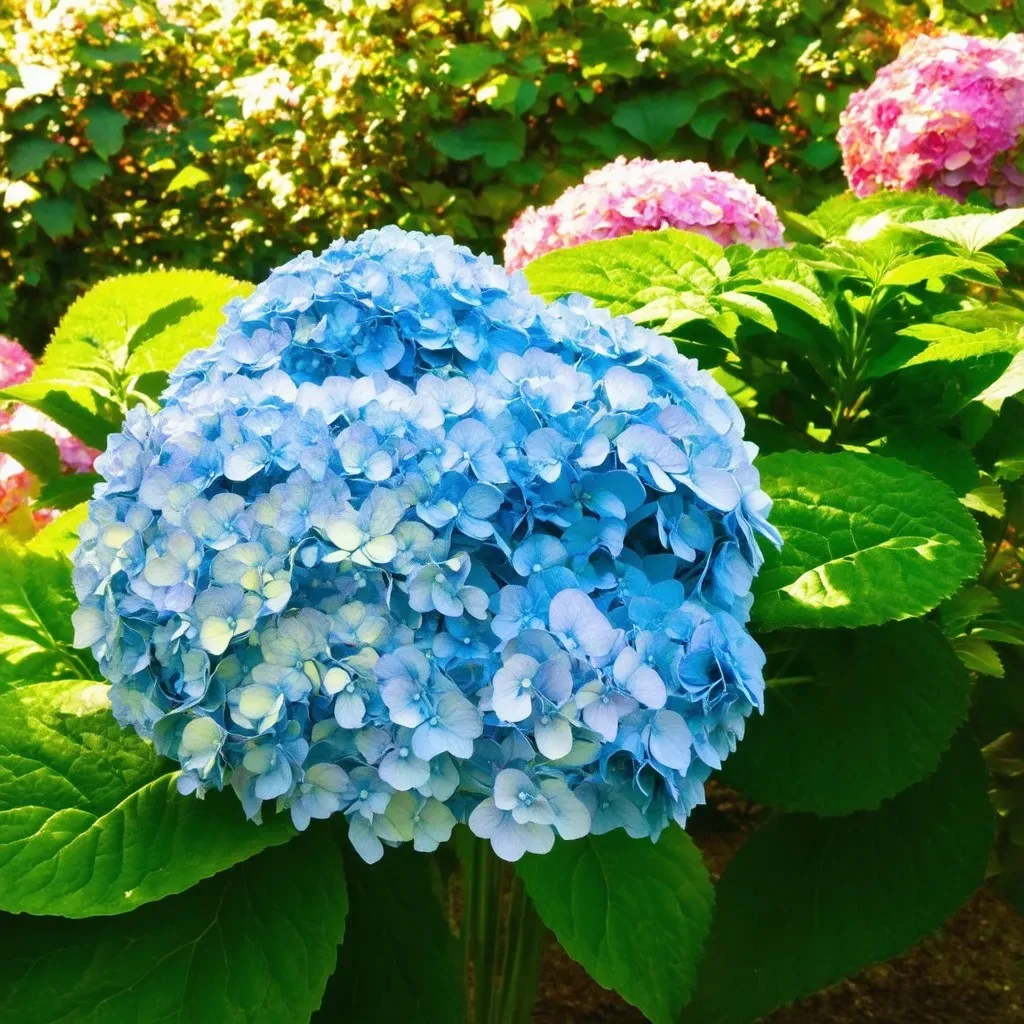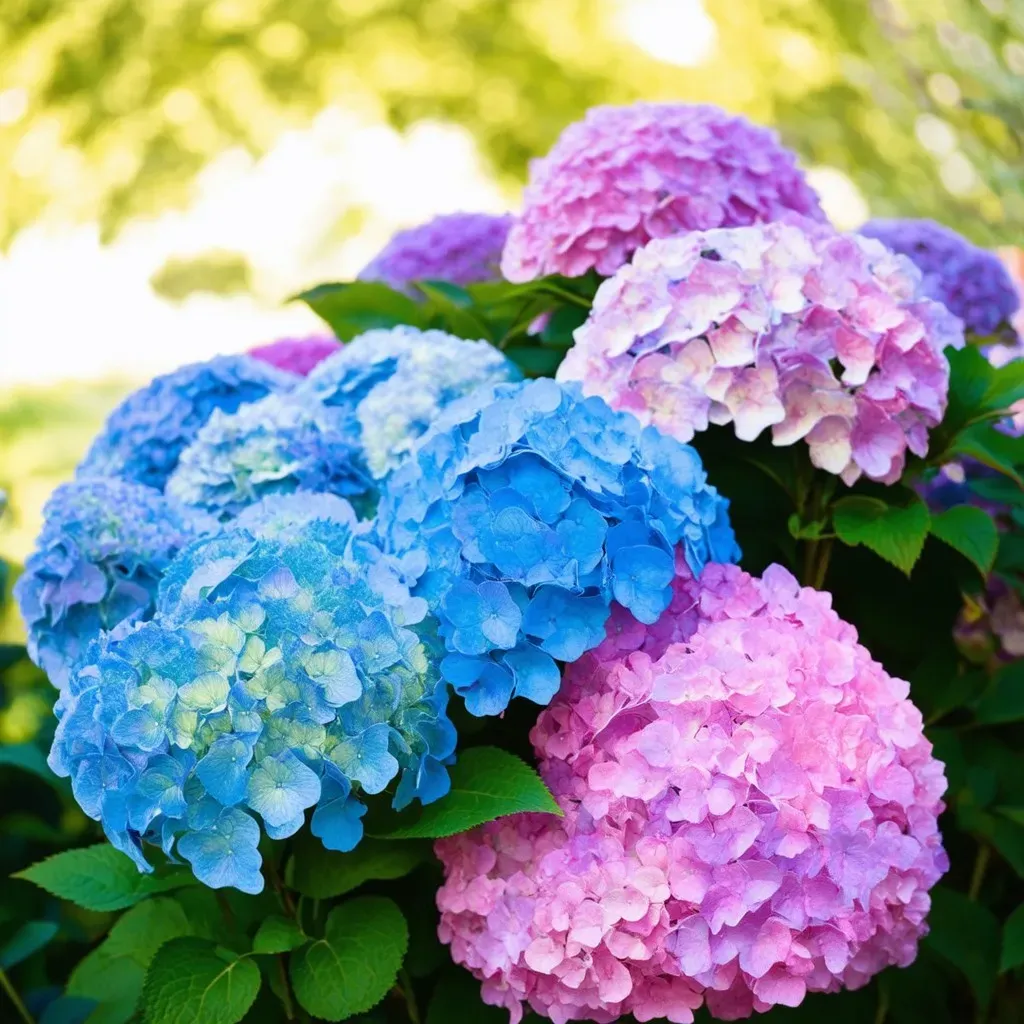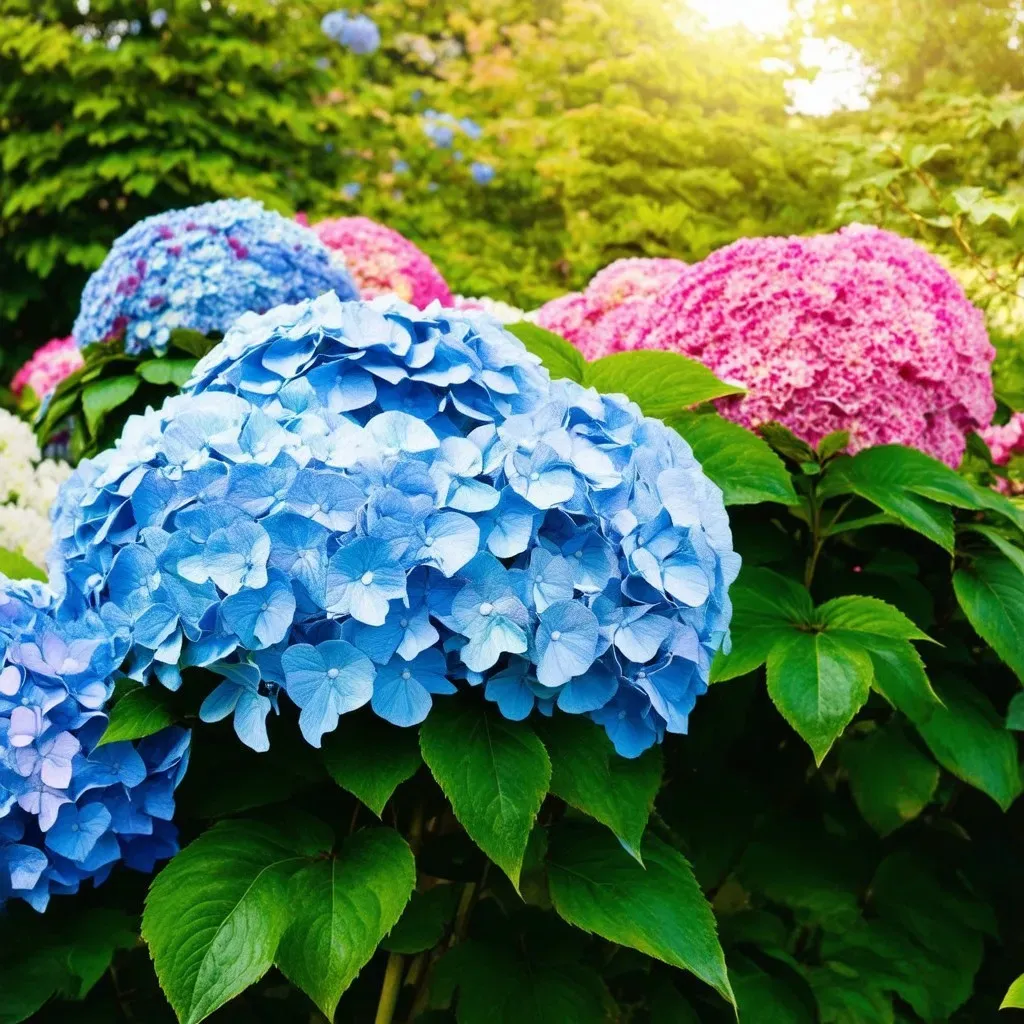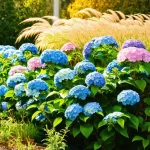If you’re a gardening enthusiast residing in USDA Hardiness Zone 7, you’re in luck! Hydrangeas are not only beautiful but also well-suited for your climate. This zone typically experiences winter lows of 0 to 10 degrees Fahrenheit, allowing for a variety of hydrangea types to flourish. Hydrangeas are multi-season plants with stunning foliage, captivating blooms, and a range of colors that change throughout the year.
types of hydrangeas for Zone 7
When selecting hydrangeas for Zone 7, several varieties stand out due to their adaptability and stunning aesthetics. Here are some popular choices:
-
Bigleaf Hydrangea (hydrangea macrophylla): Known for its large, lush foliage and impressive blooms, this hydrangea comes in two flower forms: mophead and lacecap. Thanks to the presence of cultivars like ‘Endless Summer,’ they can bloom on both new and old wood, ensuring blooms throughout the season.
-
Oakleaf Hydrangea (Hydrangea quercifolia): This variety offers unique foliage that turns brilliant shades of red and purple in fall. It is also known for its large, cone-shaped flower clusters and is particularly resilient in Zone 7.
-
Smooth Hydrangea (Hydrangea arborescens): The white flower clusters provide a beautiful contrast to its green leaves and can experience significant growth throughout the season. Popular varieties include ‘Annabelle,’ which boasts large, round flower heads.
-
Panicle Hydrangea (Hydrangea paniculata): Known for its conical flower shapes and ability to thrive in more diverse conditions. This variation exhibits blooms that transition from white to pink as the season progresses.
Growing Conditions for Zone 7 Hydrangeas
The following table provides a concise summary of the hydrangea varieties compatible with Zone 7, including their flowering characteristics and preferred sunlight:
| Hydrangea Type | Flower Type | Sunlight Preference | Blooming Season |
|---|---|---|---|
| Bigleaf | Mophead, Lacecap | Partial shade | Late spring to summer |
| Oakleaf | Cone-shaped | Full sun to partial shade | Summer to early fall |
| Smooth | Round clusters | Full sun | Summer |
| Panicle | Cone-shaped | Full sun | Late summer to early fall |

Planting Hydrangeas in Zone 7
Best Time to Plant: The ideal time to plant hydrangeas in Zone 7 is during the early spring or fall when the weather is milder. It allows the plant to establish its roots before the heat of summer or the frost of winter.
Soil Requirements: Hydrangeas prefer well-draining, fertile soil with a pH range of 5.5 to 6.5. Enrich your garden soil with organic matter, such as compost or aged manure, to ensure optimal growth.
Watering Needs: Hydrangeas thrive in consistently moist soil. Regular watering is essential, especially during dry spells. A deep watering once a week will help establish a strong root system.
Maintenance Tips for Hydrangeas
To ensure your hydrangeas flourish in Zone 7, adhere to the following maintenance practices:
-
Pruning: Pruning should be done based on the type of hydrangea. Bigleaf and oakleaf hydrangeas are best pruned after flowering, while smooth and panicle hydrangeas can be pruned in late winter.
-
Fertilization: Use a balanced, slow-release fertilizer in spring to promote healthy growth. Be cautious not to over-fertilize, as this may lead to excessive foliage at the expense of blooms.
-
Mulching: Apply a thick layer of mulch around the base of the plant to retain moisture, suppress weeds, and regulate soil temperature.
-
Pest and Disease Control: Keep an eye out for pests such as aphids, spider mites, and scale. Regularly inspect your plants and treat any infestations early with insecticidal soap or horticultural oil.
Color Changes: The Magic of Hydrangeas
One of the unique aspects of hydrangeas, specifically the bigleaf variety, is their ability to change flower color based on soil pH. Here’s a brief rundown of how soil pH influences flower color:
| Soil pH | Flower Color |
|---|---|
| Acidic (< 6.0) | Blue |
| Neutral (6.0) | Purple |
| Alkaline (> 7.0) | Pink |
Note: To modify flower color, you can add amendments to the soil. Aluminum sulfate or sulfur can help lower pH, producing beautiful blue blooms, while lime can raise pH for pink flowers.

Frequently Asked Questions about Hydrangeas in Zone 7
Q1: Can I grow hydrangeas in full sun in Zone 7?
Yes, while most hydrangeas thrive in partial shade, some varieties can tolerate full sun, particularly panicle and smooth hydrangeas.
Q2: How do I know if my hydrangea is a bigleaf or smooth variety?
Bigleaf hydrangeas typically have larger leaves and flower heads compared to smooth hydrangeas, whose leaves are generally smaller and rounder.
Q3: Are there any hydrangeas that bloom all year round?
While no hydrangeas bloom all year, cultivars like ‘Endless Summer’ can provide blooms throughout the growing season on both new and old wood.
Q4: What should I do if my hydrangea isn’t blooming?
If your hydrangea isn’t blooming, check for potential issues such as improper pruning, insufficient sunlight, or nutrient deficiency. Adjust care practices accordingly.
For further in-depth information on hydrangeas and gardening tips, visit Evergreen Seeds for expert advice tailored to Zone 7 gardening.

Conclusion
With the right selection and care, hydrangeas can transform your Zone 7 garden into a paradise of color and beauty. By understanding their specific needs and characteristics, you’ll be well on your way to growing stunning hydrangeas that everyone will admire. Happy gardening!

